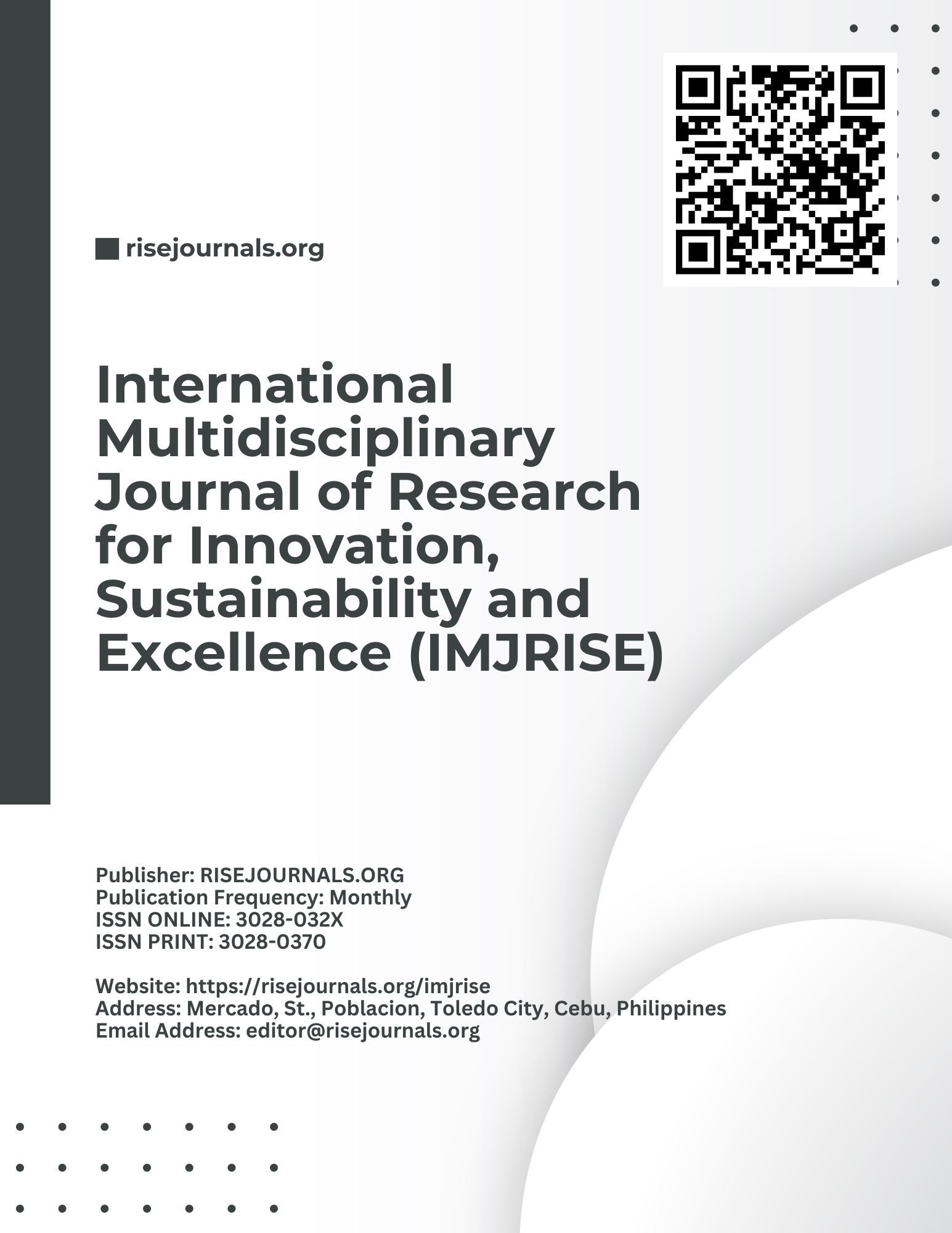Advancing Equity and Student Success: The Role of Community Schools in Place-Based Initiatives
Keywords:
Community schools, place-based initiatives, student success, academic achievement, support servicesAbstract
Community schools, as integral components of place-based initiatives, play a crucial role in promoting student success and fostering community development. Through a systematic review of existing literature, this study examines the multifaceted contributions of community schools to education. Findings reveal four key themes: enhanced academic achievement, comprehensive support services, collaborative processes and partnerships, and equity and inclusivity. Community schools have shown positive impacts on academic outcomes, providing access to essential services, fostering collaboration among stakeholders, and promoting equity in education. By leveraging external resources and tailoring interventions to meet the diverse needs of students and communities, community schools create inclusive learning environments that prioritize holistic development and well-being. As catalysts for social change, community schools advocate for systemic reform and address systemic barriers to educational equity. The insights gleaned from this study underscore the importance of continued investment and support in community schools as innovative educational models that promote equity, inclusivity, and student success within the broader framework of place-based initiatives.
References
Ang’ana, G. A., & Chiroma, J. A. (2021). Collaborative Leadership and its Influence in Building and Sustaining Successful Cross-Functional Relationships in Organizations in Kenya.
Berkovich, I. (2014). A socio-ecological framework of social justice leadership in education. Journal of educational administration, 52(3), 282-309.
Blank, M. J., Melaville, A., & Shah, B. P. (2003). Making the difference: Research and practice in community schools. Coalition for Community Schools, Institute for Educational Leadership, 1001 Connecticut Avenue, NW, Suite 310, Washington, DC 20036.
Boone Blanchard, S., Ryan Newton, J., Didericksen, K. W., Daniels, M., & Glosson, K. (2021). Confronting racism and bias within early intervention: The responsibility of systems and individuals to influence change and advance equity. Topics in Early Childhood Special Education, 41(1), 6-17.
Bruner, C. (1991). Thinking collaboratively: Ten questions and answers to help policy makers improve children's services.
Cherng, H. Y. S. (2017). The ties that bind: Teacher relationships, academic expectations, and racial/ethnic and generational inequality. American Journal of Education, 124(1), 67-100.
Darling-Hammond, L., & Cook-Harvey, C. M. (2018). Educating the Whole Child: Improving School Climate to Support Student Success. Learning Policy Institute.
Davis, S. D. (2012). Career technical student organizations: California community college's best kept secret (Doctoral dissertation, California State University, Northridge).
Dewar, M. E., & Isaac, C. B. (1998). Learning from difference: The potentially transforming experience of community-university collaboration. Journal of Planning Education and Research, 17(4), 334-347.
Didion, L., Toste, J. R., & Filderman, M. J. (2020). Teacher professional development and student reading achievement: A meta-analytic review of the effects. Journal of Research on Educational Effectiveness, 13(1), 29-66.
Dryfoos, J. G. (2000). Evaluation of Community Schools: Findings to Date.
Corcoran, T., & Silander, M. (2009). Instruction in high schools: The evidence and the challenge. The Future of Children, 157-183.
Gruenewald, D. A. (2003). The best of both worlds: A critical pedagogy of place. Educational researcher, 32(4), 3-12.
Hord, S. M. (1997). Professional learning communities: Communities of continuous inquiry and improvement.
Klevan, S., Daniel, J., Fehrer, K., & Maier, A. (2023). Creating the Conditions for Children to Learn: Oakland's Districtwide Community Schools Initiative. Learning Policy Institute.
Lightbody, R. (2017). ‘‘Hard to reach’or ‘easy to ignore’? Promoting equality in community engagement.
Maier, A., Daniel, J., Oakes, J., & Lam, L. (2017). Community Schools as an Effective School Improvement Strategy: A Review of the Evidence. Learning Policy Institute.
Nelms, S. E., Alfaro-Shigueto, J., Arnould, J. P., Avila, I. C., Nash, S. B., Campbell, E., ... & Godley, B. J. (2021). Marine mammal conservation: over the horizon. Endangered Species Research, 44, 291-325.
Sobel, D. (2004). Place-based education: Connecting classrooms and communities. Education for meaning and social justice, 17(3), 63-64.
Stefanski, A., Valli, L., & Jacobson, R. (2016). Beyond Involvement and Engagement: The Role of the Family in School-Community Partnerships. School Community Journal, 26(2), 135-160.
Waitoller, F. R., & Lubienski, C. (2019). Disability, race, and the geography of school choice: Toward an intersectional analytical framework. AERA Open, 5(1), 2332858418822505.
Warren, M. (2005). Communities and schools: A new view of urban education reform. Harvard Educational Review, 75(2), 133-173.


